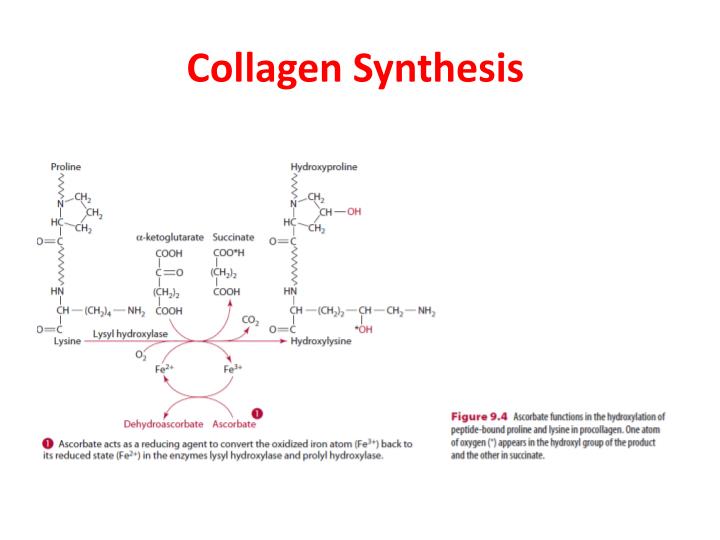
Therefore, the effects of long distance running on cartilage metabolism remain questionable. 1992) have shown that marathon race did not increase the serum levels of other markers such as keratan sulfate from the departure to 48 hours after the completion of the race. Consequently, it cannot be concluded if the increased serum levels represent either cartilage catabolism or just an elevated metabolic rate. In general, the immunoassay used in these studies is not able to differentiate the various fragmented forms of COMP. This matter possibly reflects either the simple turnover or cartilage breakdown. In addition, COMP is released into the synovial fluid and blood in its intact or fragmented forms. 1998 which might also be activated during or after physical exercises. Indeed, COMP is present in cartilage but also in other tissues such as tendons and synovial membrane (Neidhart et al. However, there is no evidence whether the serum level of COMP reflects pathological changes occurring in cartilage. 1997 Northoff and Berg 1991 Nehlsen-Cannarella et al. This hypothesis is based on the observation that the increased serum level of cartilage oligomeric matrix protein (COMP) during marathon is associated with the early release of soluble IL-6 receptor (sIL-6R), TNFα, IL-1 receptor antagonist (IL-1Ra) and soluble TNF receptors II (sTNFRII) (Camus et al. It has further been hypothesized that marathon could increase cartilage matrix turnover, a phenomenon suspected to be related to systemic inflammatory syndrome. 2000 Nieman 2000) and subsequently the release of myocellular proteins such as creatine kinase (CK) and myoglobulin into the circulation (Bruunsgaard et al. Furthermore, they induce neutrophils and cytokines accumulation in damaged muscles (Fielding et al. Intensive exercises such as marathon running, induce a systemic inflammatory syndrome characterized by neutrophilia and increased plasmatic concentration of myeloperoxidase (MPO), pro-inflammatory cytokines such as interleukin (IL)-1, -6, -8, tumor necrosis factor (TNF) alpha and granulocyte-colony stimulating factor (G-CSF) (Suzuki et al. Furthermore, Coll2-1NO 2 was not correlated with the total and active MPO indicating that Coll2-1 nitration did not result of a systemic oxidative phenomenon but reflects local changes.


The serum levels of Coll2-1 and Coll2-1NO 2 were slightly decreased by marathon, indicating that intensive running could reduce cartilage catabolism. The variation of total MPO during the marathon was negatively correlated with the training time per week (r = −0.34 p = 0.009).

The active MPO/total MPO ratio was significantly enhanced after the marathon (p < 0.001). The total and active MPO concentrations were increased by 2 to 3-fold in comparison to the pre-marathon values (p < 0.001 for total and active MPO). After the marathon, Coll2-1 and Coll2-1NO 2 concentrations were slightly but systematically decreased. The levels of total MPO were higher in female than in male (p < 0.05), but were not affected by the other parameters. The levels of Coll2-1, Coll2-1NO 2 and active MPO were not affected by age, body mass index, sex or performance. The subjects were submitted to a questionnaire concerning their physical activity and their life style. Sera were taken at rest right before the departure and within 30 min after the marathon. To determine the influence of marathon on the serum levels of two markers of cartilage degradation, Coll2-1 and its nitrated form, Coll2-1NO 2, and of a marker of neutrophils activation, the myeloperoxidase (MPO).Ĭoll2-1, Coll2-1NO 2, total and active MPO were measured in 98 marathon runners without joint pain and with an average age of 47 years.


 0 kommentar(er)
0 kommentar(er)
